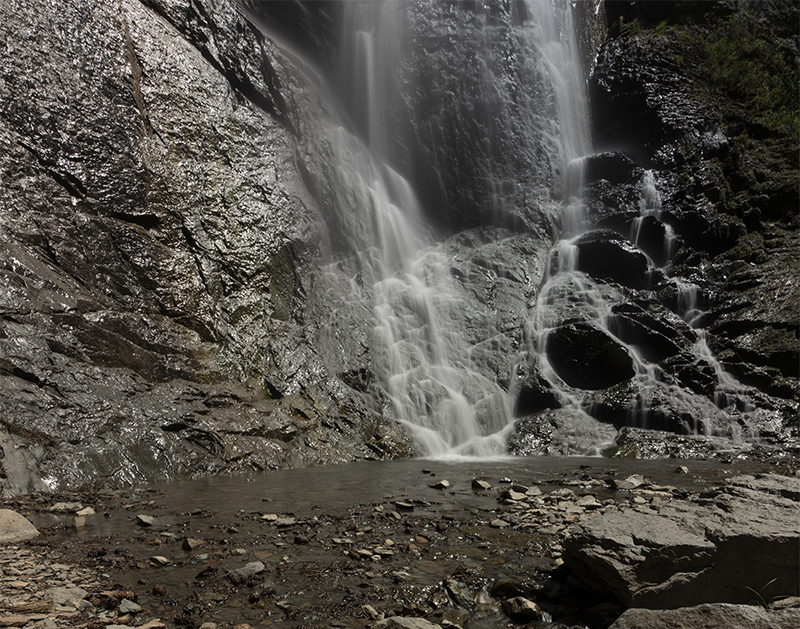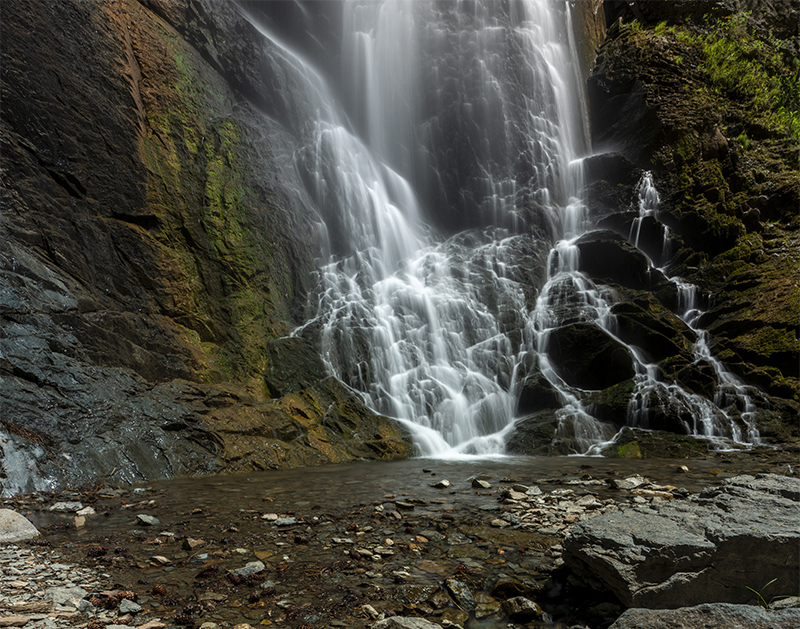Do you use a Circular Polarizer in your landscape photography? For years I did not, and I look back on all kinds of missed opportunities and shots that could have been so much better had I been using one. They are not that difficult to use and can be pricey, but their benefits far outweigh the cost.
What are the benefits of a circular polarizer?
► They can help cut glare and reflections on water and foliage, making water nearly see-through and foliage a vibrant green.
► They can make blue skies much bluer, making white clouds stand out more.
► They can cut the glare off windshields and various types of glass, perfect for product and car photography.
► They can help cut through atmospheric haze for objects far in the distance in vast landscape shots.
See, there are a ton of benefits, but you don’t understand just how powerful they are until you use them in the field. There is nothing like spinning that glass on the front of the lens, and watching glares disappear.
I have recently got my hands on a new type of Circular Polarizer (CPL) made by Breakthrough Photography. These are Dark CPL’s which combine Neutral Density filtration with Circular Polarization. The result is either a 3 or 6 stop ND CPL.
If you have ever tried to use both a CPL and an ND filter at the same time, you will know how awesome this is! Anytime you can use one piece of glass over multiple, you jump at the opportunity as it reduces the possibility of light bouncing around between them.
I generally purchase one CPL that is the size of my largest lens and then I use step-up rings on my lenses that will allow me to adapt my larger filter to their thread. So my 72 and 77 mm lenses can use an 82mm filter. I usually just keep these rings on the lens and then also grab a bunch of 82mm Lens caps. That way, I don’t need to go looking for my step-up rings when I want to use my filters.
In today’s video, I will show you how these Dark Circular Polarizers from Breakthrough Photography saved the day in a waterfall shoot in broad daylight. Enjoy!
Access the Extended Content for this Vlog
There are plenty of reasons to become an f.64 Academy Elite member:
► Access 28 courses the moment you join.
► Watch over 500 member critique sessions.
► See the extended content to the vlogs on YouTube
► Test yourself monthly with a new photography themed challenge.
► View all the past Live Events hosted on f.64 Elite
► Receive 15% off premium products (like the Zone System Express and Palette Effects)











Hi Blake,
That was really cool. Glad you were wearing you silly hat, makes for great protection from the sunlight.
Thanks for the tip on using CPL Filters, I have a great one that I use a lot. When I first got it I messed up pretty good with many of my images turning out way too dark.
I didn’t realize at the time that you were meant to turn it and wondered why it never tightened up. I love the additional saturation that they can add to foliage and as you pointed out removing the glare from waterfalls, water and the blue they add to the sky.
I look forward to watching the full video, hopefully next month as things are pretty tight right now. Love the beard, suits you.
John
De Carteret
Would an ND/polarizing filter work for people portraits in overly bright foliage? Would it ruin skin tones? I never shoot people in the middle of the day because even if I can get them in shade, the surrounding foliage reads blown out. Thoughts?
This is an odd one. When I bought my first mirrorless Olympus EM-1 in 2014, I thought I’d buy a CPOL too. Guy at the camera store said, you do know you can’t visualize the results in mirrorless? Yes, you can turn it and watch your exposure increase, but you can’t actually visualize the polarization. But I bought one nonetheless, and sure enough, I couldn’t visualize the polarization. I’ve not used it since. You use Sony mirrorless: thoughts?